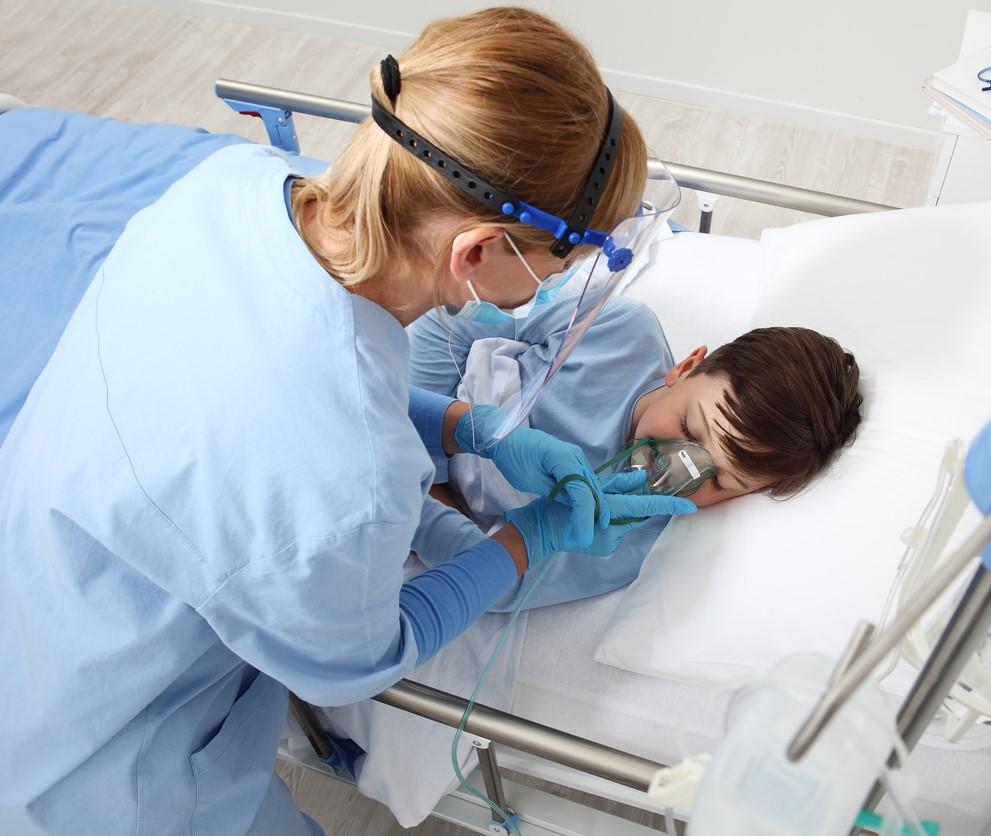
A new study in Open Forum Infectious Diseases analyzed the clinical features of and outcomes of pediatric and adult hospitalized COVID patients at five US sites, and found that teens were at greatest risk for severe disease among all children, and those 50 to 64 years old were at greatest risk among all adults.
The study took place from March 2020 to March 2023 and included 1,560 hospitalized COVID-19 patients. Researchers calculated adjusted odds ratios (aORs) of clinical outcomes for children versus adults, younger kids compared to teens (12 to 17 years), and for older adults compared to young adults (22 to 49 years), the authors said.
In total the study included 885 patients ages 0 to 21 years and 675 participants ages 22 to 105 years.
Overall, children were less commonly vaccinated compared to adults ages 21 and older (14.3% vs 34.5%), and more commonly infected with the Omicron variant (49.5% vs 26.1%). Children also had fewer comorbidities than adults did.
Children had lower odds of supplemental oxygen
Children had much lower odds of receiving supplemental oxygen (aOR, 0.57; 95% confidence interval [CI], 0.35 to 0.92) and death (aOR, 0.01; 95% CI, <0.01 to 0.58) compared to adults. However, children had increased adjusted odds of receiving high-flow oxygen (2.18; 95% CI, 1.29 to 3.67) compared to adults, which the authors explained may be because this modality is more commonly used to support ventilation in the pediatric population.
Interestingly, adults aged 50-64 years had the highest odds of requiring mechanical ventilation and ICU admission after adjusting for confounding variable.
"Overall, adolescents 12-17 years experienced the greatest disease severity among the pediatric age strata," the authors said. "Interestingly, adults aged 50-64 years had the highest odds of requiring mechanical ventilation and ICU admission after adjusting for confounding variables."
The authors said their study confirmed prior work that shows that overall children experience less severe COVID-19 disease compared to adults.
.jpg)












